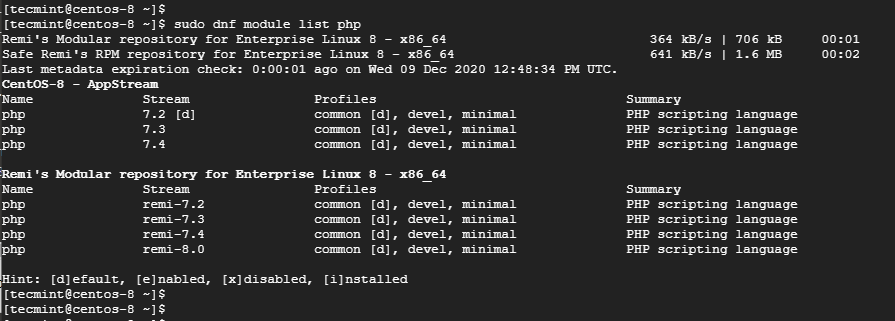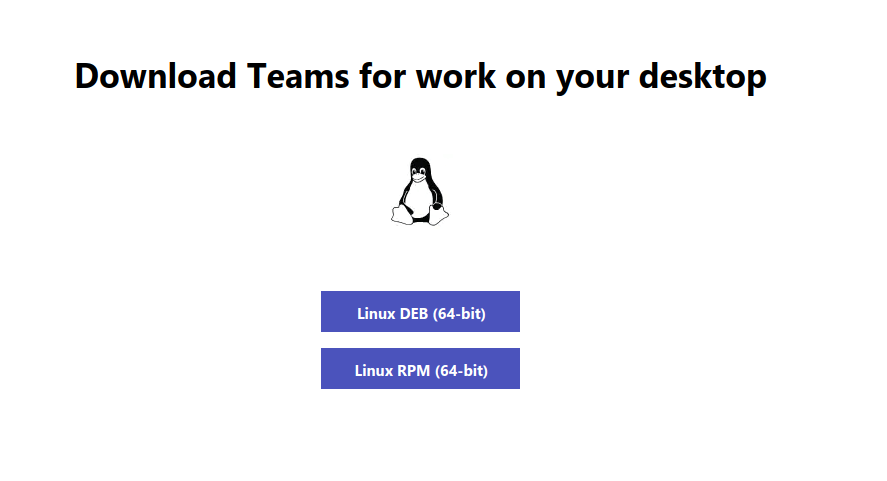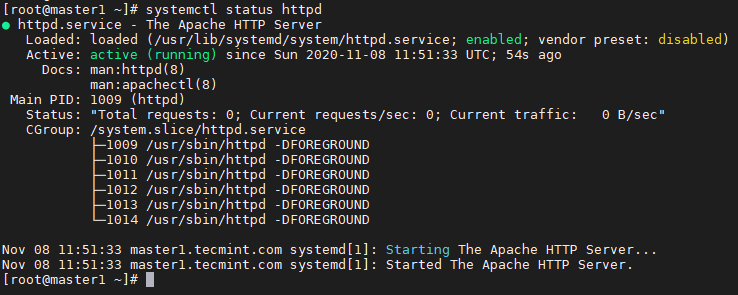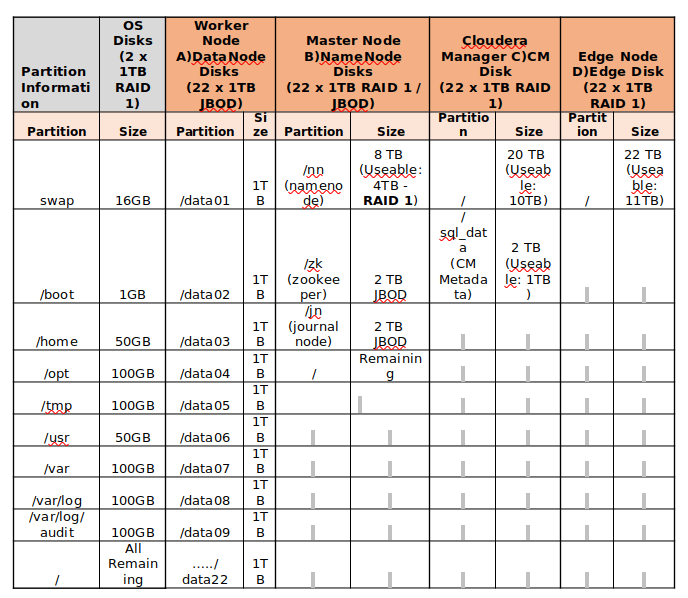PHP is a popular open-source server-side scripting language that is integral in developing dynamic webpages. PHP 8.0 is finally out and was released on November 26th, 2020. It promises lots of improvements and optimizations which are set to streamline how developers write and interact with PHP code. In this guide, you will learn how to
CentOS - Page 5 of 10 - DesignLinux
How to Install CDH and Configure Service Placements on CentOS/RHEL 7 – Part 4
In an earlier article, we have explained the installation of Cloudera Manager, in this article, you will learn how to install and configure CDH (Cloudera Distribution Hadoop) in RHEL/CentOS 7. While installing the CDH parcel, we have to ensure the Cloudera Manager and CDH compatibility. Cloudera version is having 3 parts – <major>.<minor>.<maintenance>. Cloudera Manager
How to Install Microsoft Teams on Linux
Teams is one of the popular collaboration platform created by Microsoft, that come in bundled with Office 365 suite. You are free to download and use teams without Office 365 subscription. Microsoft in December 2019 announced, Teams is available for Public preview on Linux distributions. It is to be noted that it is the first
A Basic Guide to Linux Boot Process
Every time you power on your Linux PC, it goes through a series of stages before finally displaying a login screen that prompts for your username or password. There are 4 distinct stages that every Linux distribution goes through in a typical boot-up process. User Login Prompt In this guide, we will highlight the various
How to Install and Configure Cloudera Manager on CentOS/RHEL 7 – Part 3
In this article, we described the step by step process to install Cloudera Manager as per industrial practices. In Part 2, we already have gone through the Cloudera Pre-requisites, make sure all the servers are prepared perfectly. Here we are going to have 5 node cluster where 2 masters and 3 workers. I have used
Setting Up Hadoop Pre-requisites and Security Hardening – Part 2
Hadoop Cluster Building is a step by step process where the process starts from purchasing the required servers, mounting into the rack, cabling, etc. and placing in Datacentre. Then we need to install the OS, it can be done using kickstart in the real-time environment if the cluster size is big. Once OS installed, then
BpyTop – Resource Monitoring Tool for Linux
BpyTOP is another Linux command-line utility for resource monitoring among many other utilities like a top, Htop, Bashtop, etc. bashtop users can expect similar features in bpytop since bpytop is ported from bashtop and completely written in Python. Bpytop is available for various linux distributions and macOS. BpyTOP Features Fast and responsive UI. Keyboard and
Best Practices for Deploying Hadoop Server on CentOS/RHEL 7 – Part 1
In this series of articles, we are going to cover the entire Cloudera Hadoop Cluster Building building with Vendor and Industrial recommended best practices. Part 1: Best Practices for Deploying Hadoop Server on CentOS/RHEL 7 Part 2: Setting Up Hadoop Pre-requisites and Security Hardening Part 3: How to Install and Configure the Cloudera Manager on
How to Monitor Performance Of CentOS 8/7 Server Using Netdata
There are tons of monitoring tools that are used for keeping an eye on systems performance and sending notifications in case something goes wrong. However, the installation and configuration steps involved are often tedious. Netdata is an open-source real-time monitoring & troubleshooting tool that only requires a few steps to get installed. The Git repository
How to Install Hadoop Single Node Cluster (Pseudonode) on CentOS 7
Hadoop is an open-source framework that is widely used to deal with Bigdata. Most of the Bigdata/Data Analytics projects are being built up on top of the Hadoop Eco-System. It consists of two-layer, one is for Storing Data and another one is for Processing Data. Storage will be taken care of by its own filesystem










